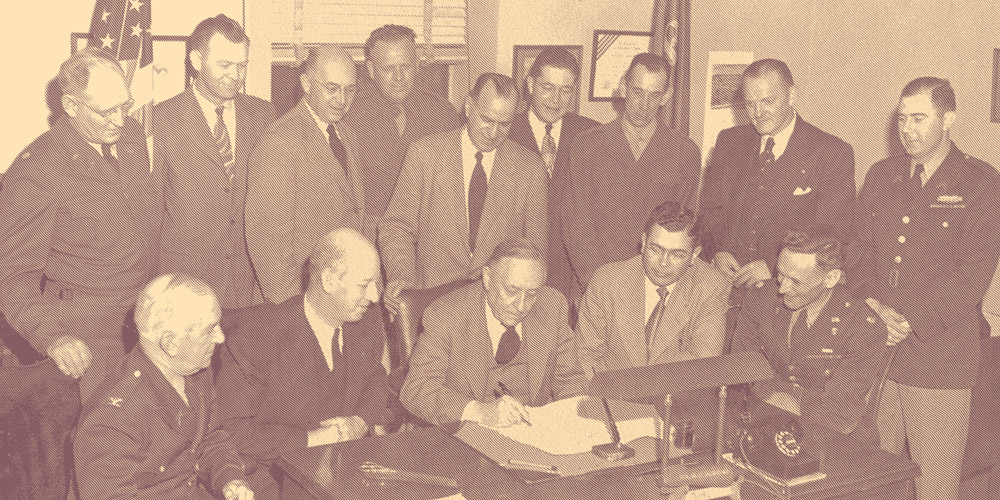Fishburne Military School (FMS) is a private, military boarding school for boys in Waynesboro, Virginia, United States. It was founded by James A. Fishburne in 1879 and is one of the oldest military schools in the country.
James A. Fishburne was born in Waynesboro, Virginia, on April 10, 1850. Of German descent, his family immigrated to Pennsylvania in 1749. His grandfather brought the family to Staunton in 1784. Daniel Fishburne, James’ father, moved to Waynesboro in 1819 as a young man. At that time, Waynesboro was a small settlement on the stage road from Staunton to Charlottesville. As the town grew, Daniel prospered as a flourishing general store owner. James was the eleventh of fourteen children.
The Civil War interrupted James’ happy childhood years and brought tragedy to his family. He was an independent and resourceful young man, however, and by the age of sixteen, had made enough money to enter Washington College (now Washington and Lee University) and the four years he spent there (1866-1870) under General Robert E. Lee, profoundly influenced his life. With James’ desire to become a teacher and open his own school, as well as General Lee’s encouragement, James soon saw his dream materialize. The General’s love of duty, honor, and his fellow man is clearly seen in the principles on which the Fishburne Military School was founded.

The Proprietorship / 1879 – 1916
James Fishburne soon embarked on a teaching career that would take him to Oxford, North Carolina, and New Roe, Kentucky. By 1878, he had enough money to start a school and returned to Waynesboro with his bride to realize his dream. With the help of his sister, Fishburne opened a day school called The Waynesboro High School. The first class of thirteen boys and girls was held in 1879 in the upstairs of the old Taylor Building on Main Street. The following year, he expanded into the abandoned Waynesboro Academy Building, hired his first instructor, and made bids for out-of-town students.
Beginning with the third session, the school admitted only boys. By this year, a challenging curriculum had been established: three foreign languages, eight courses in science and mathematics, English, history, geography, and nine other courses.
It was also in 1880 that Professor Fishburne began the construction of his home, which is located on the hill where Fishburne Military School now stands. He bought 1½ acres from Elizabeth Evans, wife of Joshua Evans. Professor Fishburne added approximately two more acres to his property a year later. Professor Fishburne’s home was completed in 1882, and the school moved to its present site. His two-story house with a full basement accommodated boarding students. Instructors and students roomed, ate, and studied here. Local histories indicate that this was the first house in the county with running water and a bath served by water pumped from a Wayne Avenue spring. The school’s name became Fishburne Home School, and this same year, construction of the wooden barracks began.
The school took on much of its military character during the next few years, though military uniforms were not yet required. The wooden Barracks were to be enlarged three times before they were razed in 1917 upon the completion of the fireproof barracks. Although very simple in design, the original barracks building was decorated with ornamentation suggestive of the Gothic style.

In 1883, a military school graduate was hired as drill master, and he instructed a program of close order drill. The following year, Captain I.H. Saunders, a graduate of Virginia Military Institute, became commandant and the assistant to Professor Fishburne. Military uniforms were then required, students became cadets, and the institution became Fishburne Military School. The military approach to education provided a disciplined and conducive environment for learning. Cadets learned their rights and privileges, as well as their duties and responsibilities. Professor Fishburne’s aims for the school were to prepare his students physically and mentally while equipping them “for college, university, or practical life.”
Fishburne Military School became one of the first two schools in Virginia to be accredited by the stringent Southern Association of Secondary Schools. This honor was bestowed in 1897. Even today, Fishburne boasts an unbroken membership record in this critical and select educational association, making it a unique example in Virginia.
In 1901, Morgan H. Hudgins, a graduate of Virginia Military Institute, joined Fishburne Military School as the Commandant of Cadets and Associate Principle to Professor Fishburne. Morgan Hudgins’ tenure with the school was to last fifty-one years. A strong and able man, he led the school through periods of growth and substantial development in its military training.
The Corporation \ 1916 – 1951
It was apparent to Professor Fishburne that a modern, fireproof facility would be required if the school continued its place in the forefront of secondary education. He invited the community’s outstanding and successful businesspeople to invest in a private stock corporation to acquire the school and fund the necessary improvements. The school was incorporated in 1916. The Staunton architect T.J. Collins was hired, and construction of the new Barracks began soon. The mess hall/chapel/swimming pool wing and the kitchen were added in 1919 and 1921, respectively. A wooden frame gymnasium was also built behind the Barracks in 1919. The old frame Barracks was torn down in 1917, forming a spacious parapet (drill area) in front of the new Barracks. The large field occupying the Fishburne property’s eastern portion was graded and leveled for use as a parade/athletic field.
Also, in 1919, an Infantry Unit of the Reserve Officers Training Corps was granted to the school by the War Department. This allowed for an active-duty Army officer to be stationed at the school for three-year tours of duty, during which he and other Army personnel conducted classes in military training. This Infantry Unit system would last until the mid-1970s. The War Department, renamed the Department of Defense in the 1940s, continues to have jurisdiction over the ROTC program at Fishburne.
In 1921, the west wing of the Barracks was completed. On Armistice Day of the same year, James Fishburne died peacefully at his home. A remarkable and dedicated man, his last conscious words were a prayer for “my boys.”
Colonel Hudgins succeeded Professor Fishburne as principal. Under Hudgins’ leadership, Fishburne Military School was to achieve great success in academic, military, and extracurricular activities for the next thirty-one years. In 1924, the Fishburne Cadets Corps was first rated an honor military school under the Reserve Officers Training Corps (ROTC) program of the U.S. Army. Fishburne has never failed to achieve this honor and is distinguished as the only Junior ROTC school in the country with such a record.
In 1939, a fire destroyed the frame gymnasium, and the school launched an effort to build the Administration Building, incorporating the Fishburne home. The school again called upon the T.J. Collins firm to design the structure. The building was completed in 1940 and dedicated by Judge C.G. Quesenbery at the commencement of May exercises. This new building included the administrative unit, the memorial foyer, and the library. The gymnasium in the rear was fully equipped with a rifle range and team dressing rooms.
The Foundation, 1951 – Present
By the late 1940s, it was apparent that the school’s future lay in growth and development as a nonprofit educational foundation. The year 1951 proved to be critical for Fishburne. Mounting losses and unwillingness to invest the necessary private capital forced the stockholders to offer the school for sale. The local government purchased the school to transform it into the Waynesboro City Building. Local civic leaders, viewing Fishburne Military School as an integral part of Waynesboro’s heritage and a valuable community asset, along with a small group of friends and alumni, formed an organization that was able to purchase the school from the city a few months later, thus allowing Fishburne to continue the uninterrupted record of educational service. This nonprofit organization, the Fishburne-Hudgins Educational Foundation, was chartered to operate the school perpetually.
Although Fishburne Military School has changed with the times, its mission remains committed to Professor Fishburne’s desire to make Fishburne cadets “well equipped for the duties and responsibilities of life, and above all else, to maintain a high standard of honor and integrity in Corps of Cadets.” Today, Fishburne Military School is the oldest military school in the Commonwealth and the 13th oldest in the Nation, still in operation.




